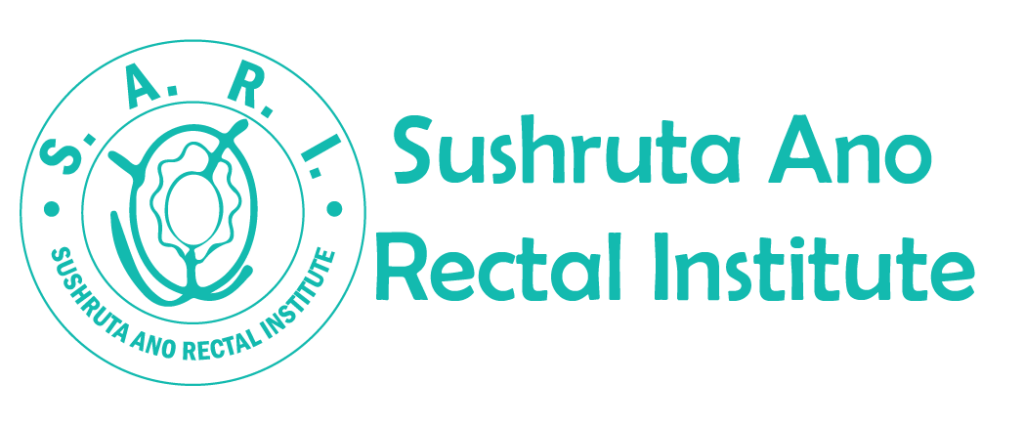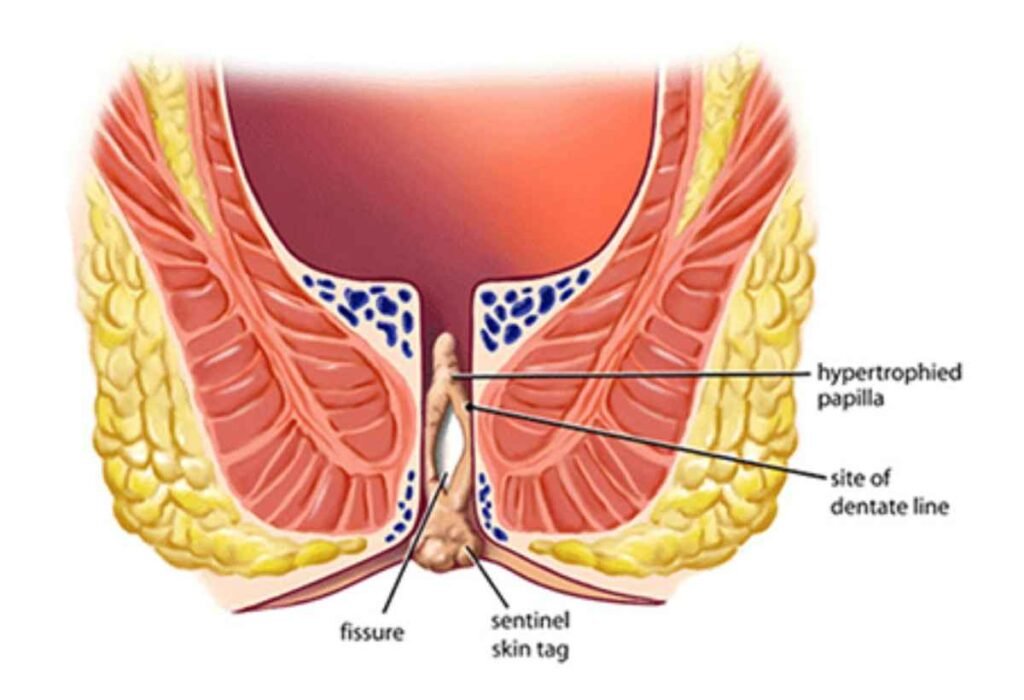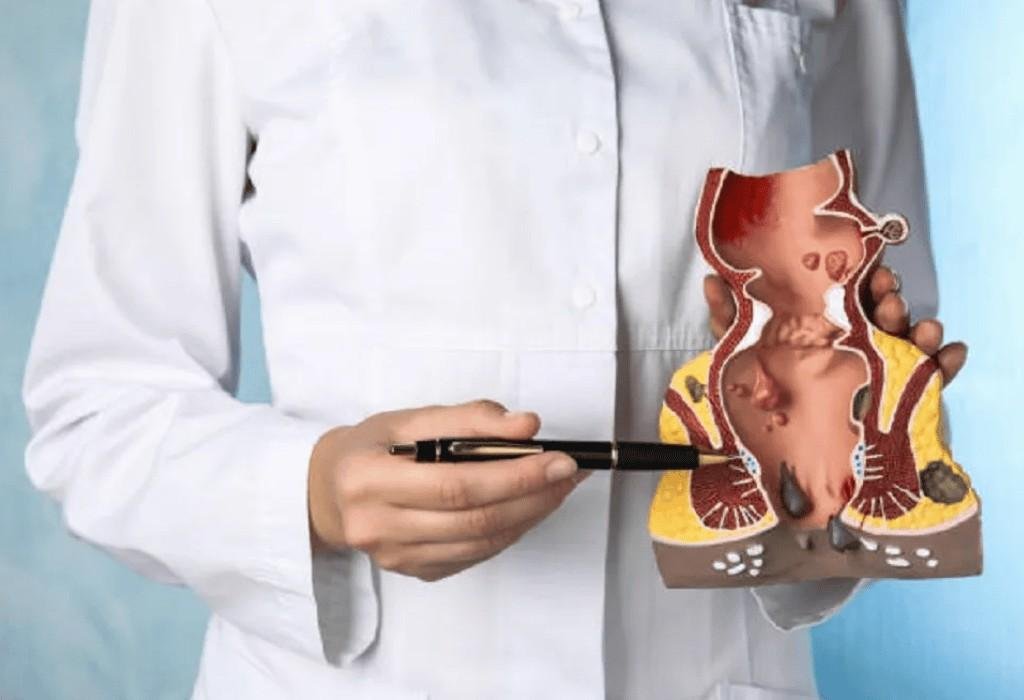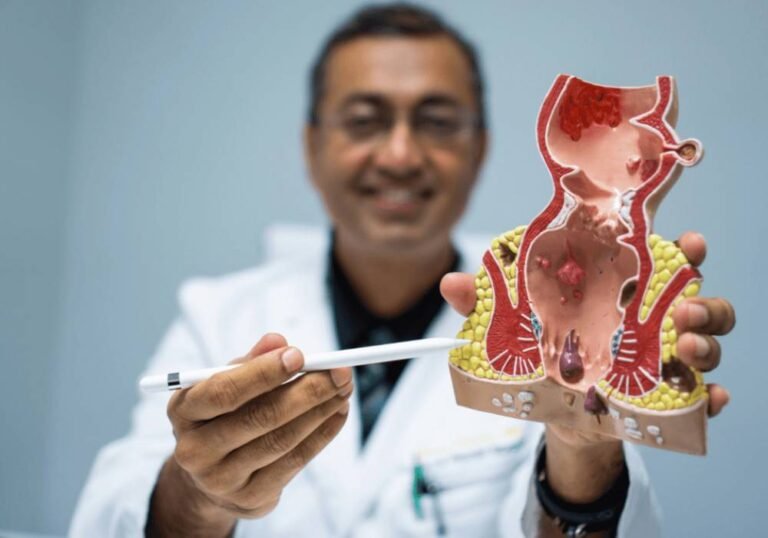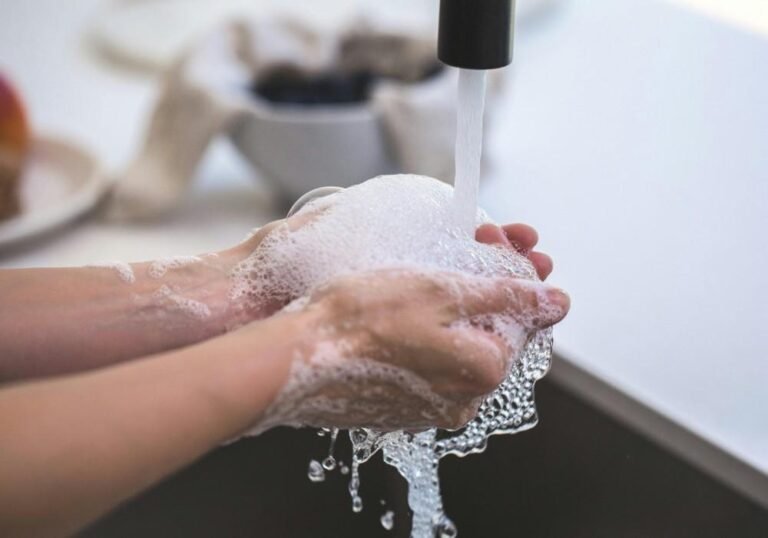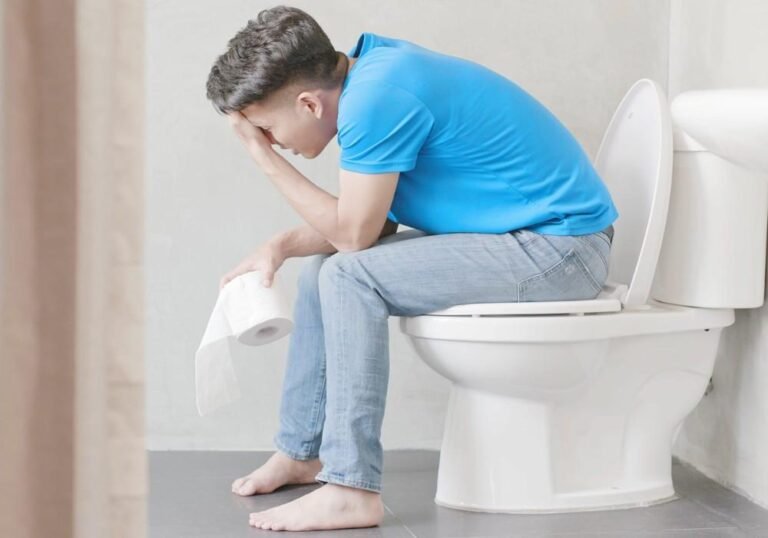Difference Between Piles and Fissure
- October 22, 2025
Introduction
Many people confuse piles (hemorrhoids) and anal fissures, as both cause pain and discomfort in the anal region. However, they are two distinct conditions that require different types of treatment. Understanding the difference between piles and fissure can help you identify symptoms early and seek the right piles doctor in Delhi or fissure doctor in Delhi for effective treatment.
What Are Piles?
Piles, also known as hemorrhoids, are swollen and inflamed veins in the rectum or anus. They can occur inside (internal piles) or outside (external piles) the anal opening.
Common Causes of Piles:
Chronic constipation or straining during bowel movements
Sitting for long hours, especially on the toilet
Low-fiber diet
Pregnancy and childbirth
Obesity or heavy lifting
Hereditary factors
Symptoms of Piles:
Painless bleeding during stool passage (bright red blood)
Itching or irritation around the anus
Swelling or a lump near the anal area
Mucus discharge
Discomfort while sitting
If you experience these symptoms, it’s essential to consult a piles doctor . Early diagnosis and piles treatment can help prevent complications like thrombosed piles or chronic bleeding.
What Is an Anal Fissure?
An anal fissure is a small tear or crack in the lining of the anal canal. It often causes sharp pain and bleeding during bowel movements. Unlike piles, fissures are not caused by swollen veins but by injury to the anal skin.
Common Causes of Fissure:
Passing hard or large stools
Chronic constipation or diarrhea
Childbirth trauma
Straining during bowel movements
Inflammatory bowel diseases (like Crohn’s disease)
Symptoms of Anal Fissure:
Severe, sharp pain during and after passing stool
Bright red bleeding on toilet paper or stool
A visible tear near the anus
Burning or itching sensation
Muscle spasms in the anal area
If these symptoms persist, consult a fissure doctor for a detailed evaluation. Early fissure treatment can help avoid the development of chronic fissures that may require surgery.
Piles vs Fissure: Key Differences
| Feature | Piles | Fissure |
|---|---|---|
| Definition | Swollen veins in the anal canal | Small tear or crack in the anal skin |
| Pain | Usually mild or painless | Severe, sharp pain during stool passage |
| Bleeding | Painless, bright red bleeding | Painful bleeding during stool |
| Lump/Swelling | Soft lump near anus (external piles) | No lump; small cut or tear visible |
| Cause | Increased pressure on rectal veins | Trauma from hard stool or injury |
| Treatment | Dietary changes, medication, or laser surgery | Stool softeners, topical creams, or laser surgery |
| Recovery Time | 1–2 weeks (mild cases) | Few days to a week (if treated early) |
Understanding these differences is crucial to choose the right specialist. If you’re unsure whether you have piles or a fissure, visiting an experienced piles doctor or fissure doctor can help with accurate diagnosis and treatment.
How a Proctologist Dr. SK Singh Can Help?
A proctologist or colorectal surgeon specializes in diagnosing and treating anorectal conditions like piles, fissure, fistula, and pilonidal sinus.
Your piles doctor or fissure doctor will usually:
Take a detailed medical history
Perform a physical and digital rectal examination
Recommend an anoscopy or proctoscopy for internal inspection
This helps confirm whether the issue is piles, fissure, or another anorectal condition.
Piles Treatment
Modern piles treatment in Delhi focuses on non-surgical and minimally invasive techniques. Depending on the severity, your doctor may recommend:
Lifestyle & Diet Changes – High-fiber diet, hydration, avoiding straining.
Medications – Stool softeners, pain relievers, and topical ointments.
Minimally Invasive Procedures:
Laser Hemorrhoidoplasty: Uses laser energy to shrink piles with minimal pain and faster recovery.
Rubber Band Ligation: A small rubber band is placed at the base of piles to cut off blood supply.
Sclerotherapy: Injection that shrinks hemorrhoids.
These modern treatments are safe, quick, and effective with minimal downtime. Consulting a reputed piles doctor ensures proper diagnosis and customized care.
Fissure Treatment
Like piles, fissure treatment also depends on whether the fissure is acute (new) or chronic (persistent).
Conservative Management:
High-fiber diet and hydration
Sitz baths (warm water baths)
Topical ointments to relax anal muscles
Stool softeners
Advanced Laser Surgery:
For chronic fissures that do not heal with medication, laser fissure surgery is a modern, painless option.
It promotes faster healing, reduces pain, and allows same-day discharge
If you’re suffering from recurrent fissure pain, a skilled fissure doctor can suggest the right treatment option.
Both piles and fissures can be prevented with simple lifestyle changes:
Eat fiber-rich foods like fruits, vegetables, and whole grains.
Drink plenty of water daily.
Avoid straining during bowel movements.
Maintain good toilet hygiene.
Exercise regularly to improve digestion.
Avoid sitting for long periods, especially on the toilet.
Conclusion
While piles and fissure may have similar symptoms, they are completely different conditions. The key is accurate diagnosis and timely treatment by an experienced specialist. If you’re dealing with pain, bleeding, or discomfort, don’t ignore it — visit Sushruta Anorectal Institute, a trusted center with experienced proctologist like Dr. S.K Singh, who has over 30 years of expertise.
With the availability of advanced piles and fissure treatment you can expect a quick, painless, and permanent solution to your problem.
